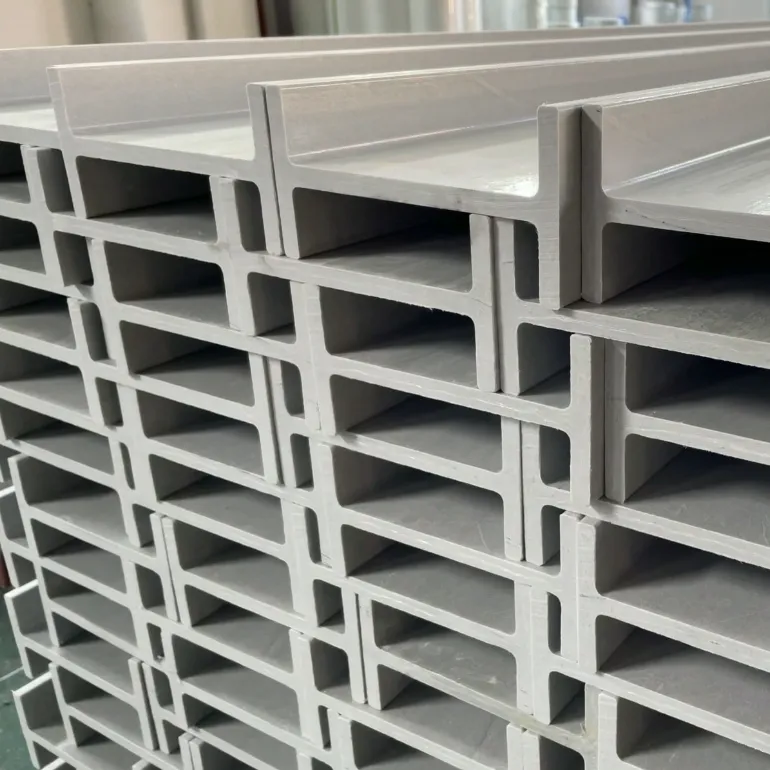loading...
- No. 9, Xingyuan South Street, Dongwaihuan Road, Zaoqiang County, Hengshui, Hebei, China
- admin@zjcomposites.com
- +86 15097380338
- Welcome to visit our website!
Design and Application of Adsorptive Carbon Filter Systems for Water Treatment Solutions
Activated Carbon Filter Vessel An Overview
Activated carbon filter vessels are pivotal in modern filtration systems, utilized across various industries to purify air and water. These vessels capitalize on the unique properties of activated carbon, a highly porous material designed to trap contaminants and impurities effectively. Their applications span from industrial processes to residential water purification, making them an essential component in ensuring safety and quality in both environments.
What is Activated Carbon?
Activated carbon, also known as activated charcoal, is produced through the carbonization of organic material like wood, coconut shells, or peat, followed by activation with steam or chemicals. This process creates a vast network of tiny pores, significantly increasing the surface area of the carbon. It is estimated that one gram of activated carbon can have a surface area of up to 3,000 square meters. This extensive surface area allows for more contaminants to be adsorbed, making activated carbon a powerful filtration medium.
How Activated Carbon Filter Vessels Work
Activated carbon filter vessels operate based on the principle of adsorption, where molecules of contaminants adhere to the surface of the carbon particles. As contaminated air or water passes through the filter, impurities are trapped in the activated carbon, effectively removing them from the stream. The design of the vessel, including flow rates and contact time, determines the efficiency and effectiveness of the filtration process.
These vessels usually consist of a chamber filled with activated carbon, positioned in line with the water or air ducting system. The size and configuration can vary based on the specific application, whether it be for treating drinking water, wastewater, or air quality. In advanced systems, multiple stages of filtration might be employed, using a combination of different filter media to enhance the removal of specific contaminants.
activated carbon filter vessel

Applications of Activated Carbon Filter Vessels
In water treatment, activated carbon filter vessels are commonly utilized to remove pollutants such as chlorine, sediment, volatile organic compounds (VOCs), and other harmful substances. They play a crucial role in ensuring that drinking water is clear of unpleasant tastes and odors, making the water more palatable and safe for consumption. Additionally, industries that produce or utilize chemicals often employ activated carbon filtration to capture harmful substances before they are released into the environment.
In air filtration, activated carbon filter vessels are instrumental in capturing gases, odors, and vapors. They are found in HVAC systems, industrial exhaust systems, and even residential air purifiers. The ability of activated carbon to adsorb a wide range of volatile compounds allows for cleaner indoor air quality, which is increasingly essential in urban environments where air pollution can pose health risks.
Maintenance and Replacement
While activated carbon filter vessels are highly effective, they do require regular maintenance to ensure optimal performance. Over time, the activated carbon becomes saturated with contaminants and loses its adsorption capacity. The frequency of replacement depends on the specific application and the concentration of contaminants. Monitoring systems may be integrated to alert users when it’s time for maintenance, ensuring consistency in performance.
Conclusion
Activated carbon filter vessels are an invaluable tool in the pursuit of clean air and water. Their efficiency in removing contaminants makes them a preferred choice for various applications. As concerns regarding environmental safety and public health grow, the role of activated carbon in filtration systems will likely become even more significant, paving the way for improved technologies and practices in purification processes worldwide. By investing in and maintaining these systems, individuals and industries can contribute to a healthier and safer environment.
-
GRP Structures: The Future of Lightweight, High-Performance EngineeringNewsJun.20,2025
-
FRP Water Tank: High-Performance Storage for Corrosive and Clean Water SystemsNewsJun.20,2025
-
FRP Square Tube: The New Industry Standard for Chemical and Structural ApplicationsNewsJun.20,2025
-
FRP Pultruded Profiles: The Ultimate Choice for Lightweight Structural StrengthNewsJun.20,2025
-
FRP Handrails: The Safer, Smarter, and Stronger Choice for Modern InfrastructureNewsJun.20,2025
-
FRP Grating: The Smart Solution for Durable, Lightweight Industrial FlooringNewsJun.20,2025
-
Why Choose a Galvanized Water Tank for Your Storage NeedsNewsMay.21,2025
